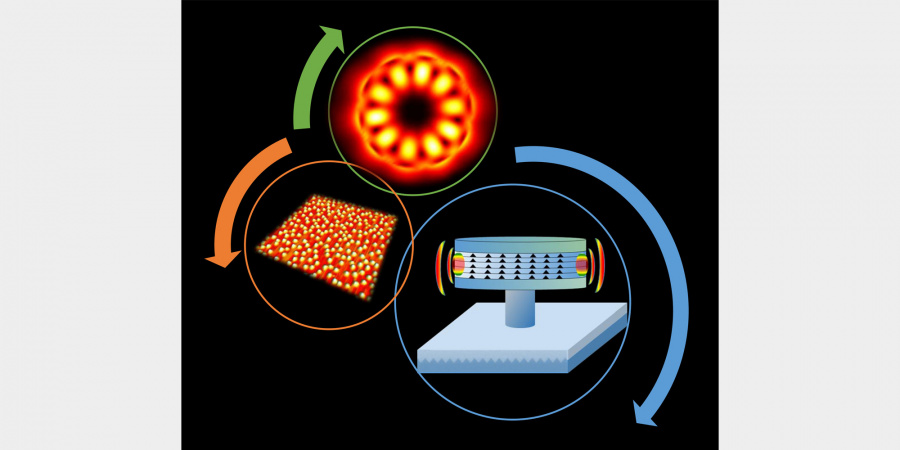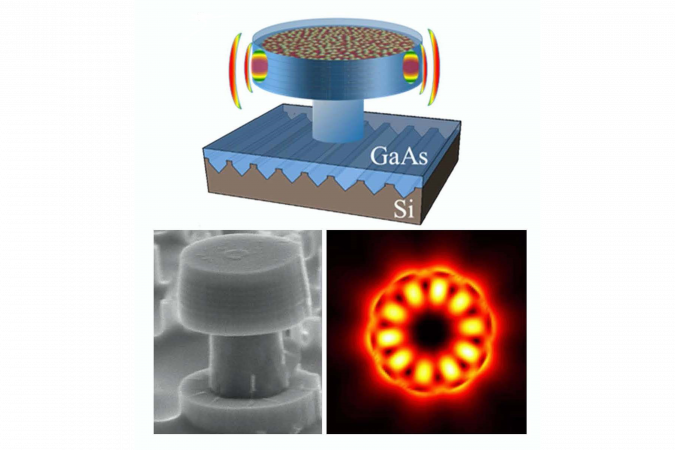Breakthrough by Prof Kei May Lau and Collaborators to Make Microprocessors Faster and Less Power-Hungry
Prof Kei May Lau’s group, in collaboration with researchers from University of California, Santa Barbara, Sandia National Laboratories and Harvard University achieved tiny lasers directly on silicon, making a significant breakthrough for the semiconductor/photonic industry and well beyond.
For more than 30 years, it was impossible to make the crystal lattice of silicon and of typical laser materials match up. “Putting lasers on microprocessors boosts their capabilities and allows them to run at much lower powers, which is a big step toward photonics and electronics integration on the silicon platform,” said Prof Lau, who is Fang Professor of Engineering and Chair Professor of Electronic and Computer Engineering. In terms of applications, the group's tiny lasers on silicon are ideally suited for high-speed data communications.
Their work was published on the paper titled “Sub-Wavelength InAs Quantum Dot Micro-Disk Lasers Epitaxially Grown on Exact Si (001) Substrates” on Applied Physics Letters and reported on an article named “Silicon Sees the Light: Tiny Lasers Enable Next-Gen Microprocessors to Run Faster, Less Power-Hungry” by the American Institute of Physics (AIP) on AIP Publishing.
Related link:


